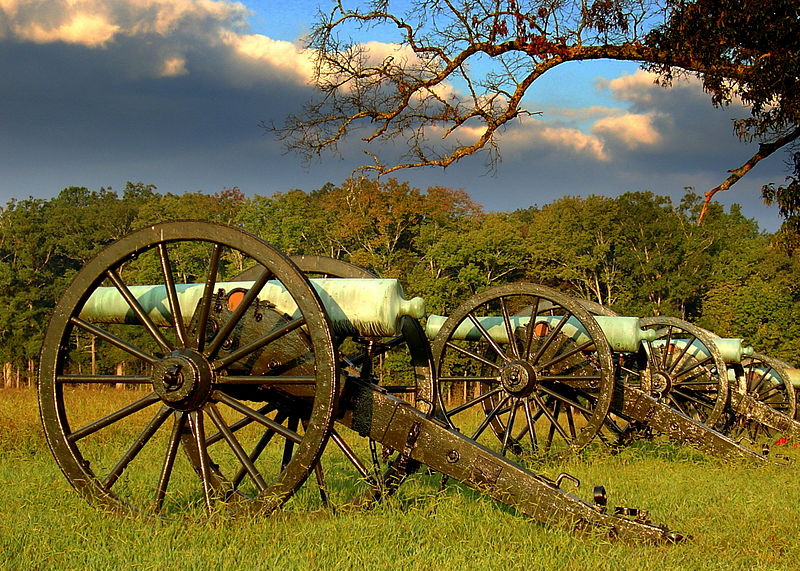In 1846, The United States of America went to war with Mexico, eager to annex Texas and California to expand the Union from sea to shining sea. For the next two years, the American Army would fight increasingly dispirited Mexican forces, until eventually, they reached Mexico City itself.
Before the Army could march to the halls of Montezuma, they first needed to defeat the Mexican forces in the field. For General Zachary Taylor, that meant securing the Texas border.
General Taylor’s forces, sent to the disputed Mexican-American border, found himself engaging Mexican forces commanded by General Mariano Arista in early May of 1846. The bulk of General Arista’s Army consisted of cavalry, and General Taylor, though outnumbered, endeavored to put to the test his new flying artillery.
Developed by Major Samuel Ringgold, lighter guns were mounted on carriages and pulled by specially trained crews and teams of horses. Artillery proved to be the decisive force of the battle, with both sides engaging in artillery duels to silence their opponents.
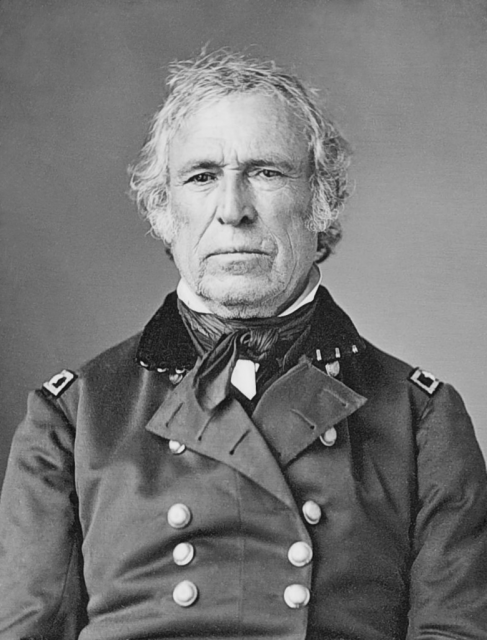
General Taylor’s battle report gives an appropriately detailed account of the battle. Another firsthand account of the battle stems from the memoirs of a young junior American Army officer by the name of Ulysses S. Grant.
General Taylor’s report explained the source of the battle,
“Mexican troops were reported in our front, and were soon discovered occupying the road in force. I ordered a halt upon reaching the water, with a view to rest and refresh the men, and form deliberately our line of battle.
The Mexican line was now plainly visible across the prairie, and about three-quarters of a mile distant. Their left, which was composed of a heavy force of cavalry, occupied the road resting upon a thicket of chapparal, while masses of infantry were discovered in succession on the right, greatly outnumbering our own force.”
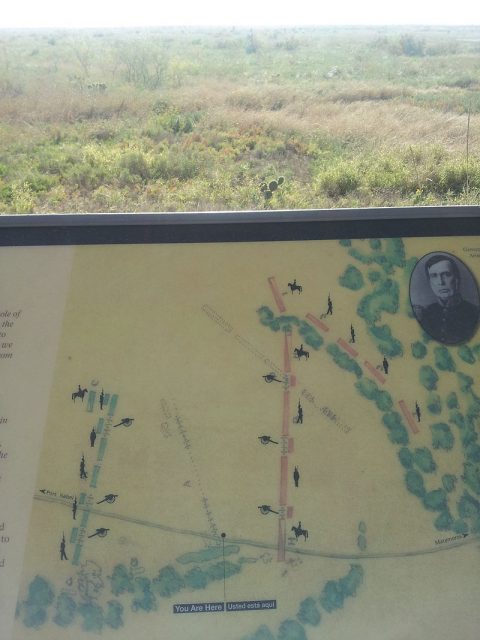
A young Second Lieutenant Grant wrote of the two sides’ armaments in his memoirs, noting that while both infantry carried flintlock muskets with paper cartridges.
“The artillery was generally six-pounder brass guns throwing only solid shot; but General Taylor had with him three or four twelve-pounder howitzers throwing shells, besides his eighteen-pounders before spoken of, that had a long range. This made a powerful armament.”
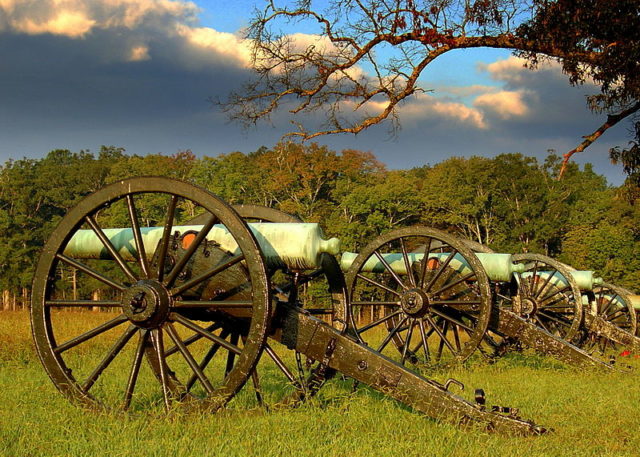
The Mexican artillery consisted entirely of solid shot. In the coming artillery duels, in which Grant would take part, the American artillery had a clear advantage. With both lines formed up in preparation for battle –the artillery, according to Grant, a rod or two ahead of the infantry (a rod being about sixteen and a half feet), the battle report explained that,
“while the columns were advancing, Lieutenant Blake, topographical engineers, volunteered a reconnoisance (sic) of the enemy’s line, which was handsomely performed, and resulted in the discovery of at least two batteries of artillery in the intervals of their cavalry and infantry.
These batteries were soon opened upon us, when I ordered the columns halted and deployed into line, and the fire to be returned by all our artillery. The 8th infantry, on our extreme left, was thrown back to secure that flank. The first fires of the enemy did little execution, while our 18-pounders and Major Ringgold’s artillery soon dispersed the cavalry which formed his left.”
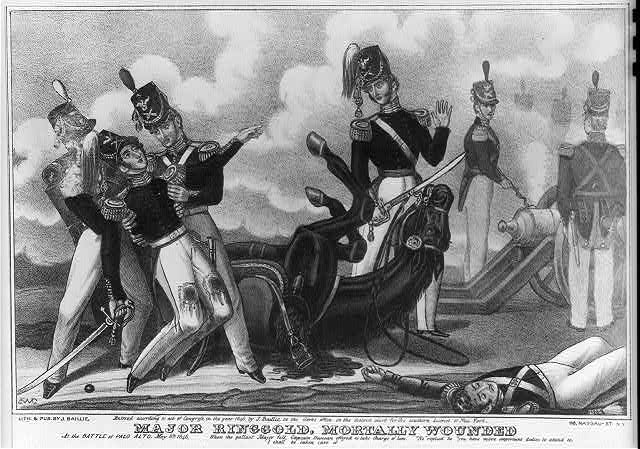
The American artillery’s bombardments were so intense they set fire to the grass, throwing a thick pall of smoke to mingle with the puffs and clouds of black powder clogging the battlefield.
General Taylor’s report noted, “The fire of artillery was now most destructive; openings were constantly made through the enemy’s ranks by our fire, and the constancy with which the Mexican infantry sustained this severe cannonade was a theme of universal remark and admiration.”
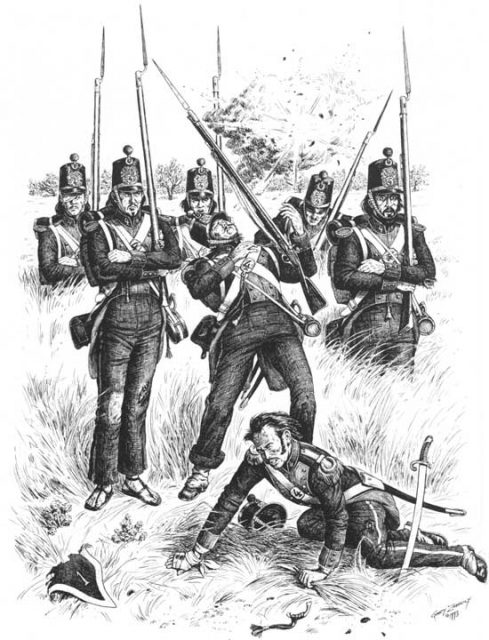
Despite their courage, the combined effect of American artillery and cavalry devastated both the Mexican flanks and center. A Mexican effort to assault the American left flank was rebuffed by a countering maneuver by an artillery battery. With the artillery constantly bombarding the Mexicans, and dragoons and cavalry harassing them at every turn, the Mexicans retreated, withdrawing from the field as the sun set.
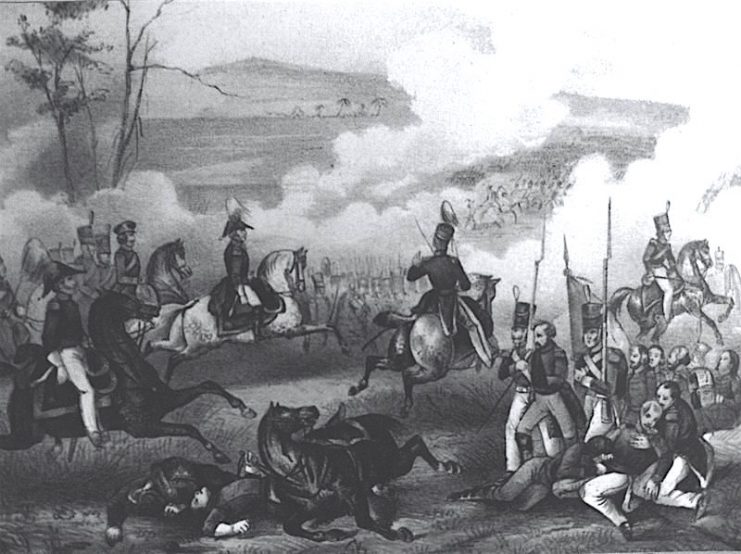
As General Taylor reported,
“Our loss this day was nine killed, forty-four wounded, and two missing. Among the wounded were Major Ringgold, who has since died, and Captain Page, dangerously wounded; Lieut. Luther slightly so.”
The General reported his force totaling 2,288 men and officers, and that the Mexican force numbered, “according to the statements of their own officers taken prisoner…” over 6,000 troops, with ten artillery pieces at minimum, and an unknown number of irregulars.
Their losses, based on interrogation by a young Lieutenant George Meade, were estimated to be “not less than 200 killed and 400 wounded – probably greater.”
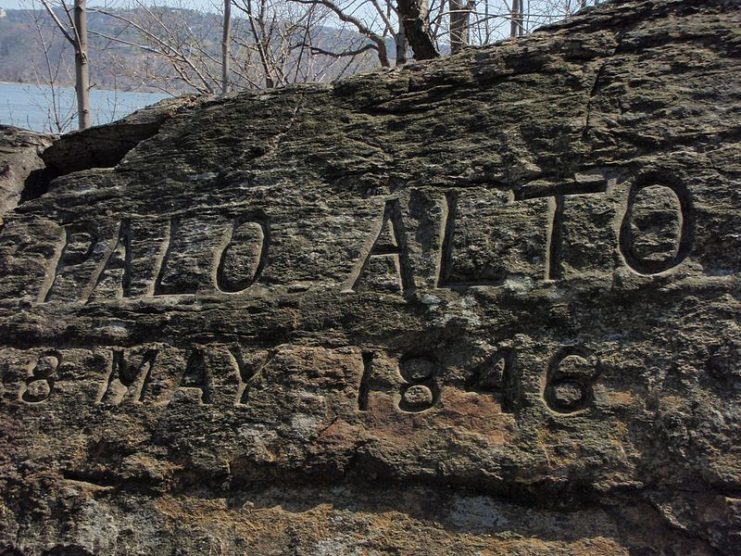
General Arista’s commissary report on the battle declared 102 killed, 129 wounded, and 26 missing. Regardless of the casualties, the battle proved a resounding success for artillery, a lesson the US Army would see again and again throughout the war, especially by a future Rebel general by the name of Thomas Jackson.
